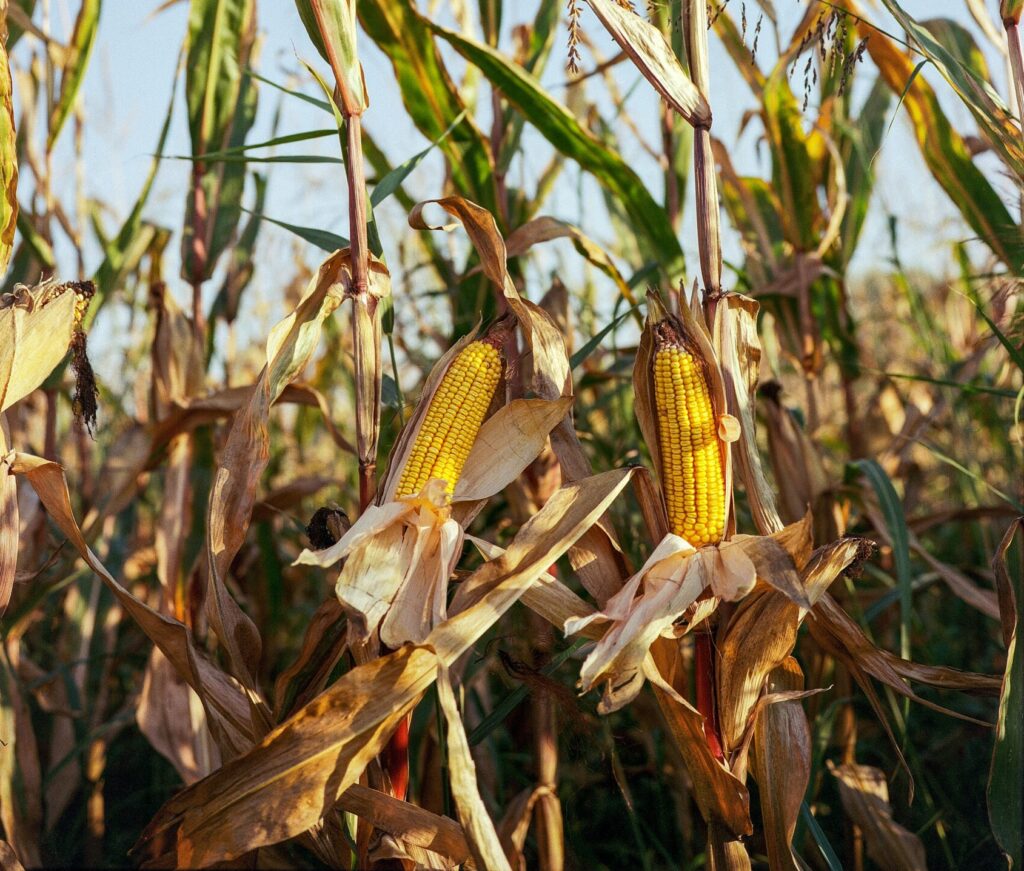How to Create a Profitable Vegetable Farm?

Starting a vegetable farm can be a rewarding venture, both personally and financially. With the right strategies, you can turn your vegetable farming efforts into a profitable business. Here’s a comprehensive guide on how to make your vegetable farm profitable.
Choose the Right Location
Selecting the right location is crucial for the success of your vegetable farm. Consider factors like soil quality, climate, water availability, and proximity to markets.
- Soil Quality:Ensure the soil is fertile and well-draining. Conduct soil tests to determine nutrient levels and pH.
- Climate:Choose crops that are well-suited to your local climate and growing conditions.
- Water Availability:Reliable water sources are essential. Consider irrigation systems if necessary.
- Proximity to Markets: Being close to markets reduces transportation costs and ensures fresh produce reaches customers quickly.
Select High-Demand and High-Value Crops
Choosing the right crops is key to profitability. Focus on growing vegetables that are in high demand and command higher prices.
- Market Research: Identify which vegetables are popular in your area. Visit local farmers’ markets, grocery stores, and restaurants to see what’s in demand.
- High-Value Crops: Consider growing specialty or organic vegetables that can be sold at a premium. Examples include heirloom tomatoes, microgreens, and gourmet lettuce varieties.
- Diversification:Grow a variety of crops to spread risk and attract a broader customer base.
Optimize Your Farming Methods
Efficient farming methods can significantly reduce costs and increase yields, leading to higher profits.
- Crop Rotation: Practice crop rotation to maintain soil health and reduce pest problems. This can lead to better yields over time.
- Intercropping: Grow complementary crops together to maximize space and resources. For example, plant fast-growing crops like radishes alongside slower-growing crops like carrots.
- Use of Technology:Invest in farming technology such as drip irrigation, greenhouses, and automated systems to optimize water use, extend growing seasons, and reduce labor costs.
- Organic Practices:Consider organic farming, which can reduce input costs and allow you to charge higher prices.
Efficient Marketing and Sales Strategies
Effective marketing is crucial to sell your produce at a good price and maximize profits.
- Direct-to-Consumer Sales:Sell directly to consumers through farmers’ markets, farm stands, or Community Supported Agriculture (CSA) programs. This cuts out middlemen and allows you to keep more of the profits.
- Wholesale Markets:Selling to restaurants, grocery stores, or distributors can provide steady income, though margins may be lower than direct sales.
- Online Sales: Explore e-commerce platforms to sell produce online, especially for specialty items or subscription boxes.
- Branding and Packaging: Develop a strong brand identity and attractive packaging to differentiate your products from competitors.
Manage Costs Carefully
Keeping your operating costs low is essential for profitability.
- Labor Costs: Consider the balance between hiring workers and using automation. Efficient labor management can significantly impact profitability.
- Input Costs:Buy seeds, fertilizers, and other inputs in bulk to reduce costs. Consider making your own compost or using natural pest control methods to save money.
- Waste Reduction: Minimize waste by processing or selling “imperfect” produce, which can be used for products like sauces, pickles, or sold at a discount.
Take Advantage of Government Programs and Grants
Many governments offer subsidies, grants, or low-interest loans to farmers, particularly those adopting sustainable practices.
- Research Opportunities: Look into grants for organic farming, irrigation systems, or farm expansions.
- Tax Benefits: Explore tax deductions available for agricultural activities, such as deductions for equipment, land improvements, or conservation efforts.
Implement Sustainable Practices
Sustainability can reduce long-term costs and open up new markets.
- Water Conservation: Use drip irrigation and rainwater harvesting to reduce water usage and costs.
- Soil Health: Implement cover cropping, no-till farming, and organic fertilizers to maintain healthy, productive soil.
- Energy Efficiency: Invest in renewable energy sources like solar panels to reduce energy costs and increase your farm’s sustainability.
Monitor and Adjust Regularly
Regularly reviewing your farm’s performance and making adjustments as needed is critical for long-term profitability.
- Track Expenses and Revenue: Keep detailed records of all costs and income. Analyze which crops are most profitable and adjust your planting strategy accordingly.
- Customer Feedback: Listen to your customers and adjust your offerings to meet their needs better.
- Continuous Learning: Stay informed about new farming techniques, market trends, and technological advances that can help improve your farm’s profitability.
Turning a vegetable farm into a profitable business requires careful planning, efficient practices, and smart marketing strategies. By choosing the right location, growing high-demand crops, managing costs, and leveraging sustainable practices, you can build a successful and profitable vegetable farm. Regularly monitoring and adapting your approach will help you stay competitive and thrive in the ever-changing agricultural market.
















